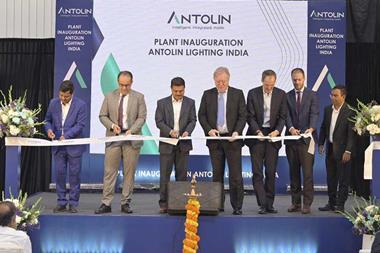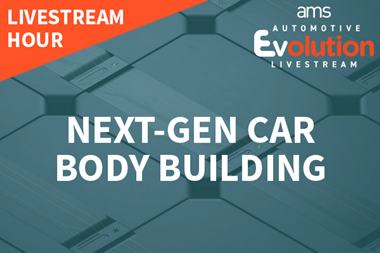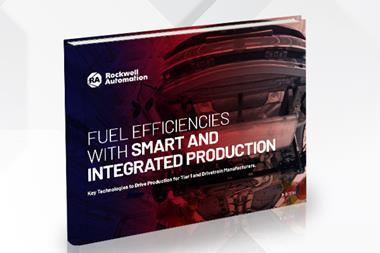Ralf Wassermann, responsible for technical sales at Sprimag, discusses the company’s all-new UV coating system

Although UV coating processes have been around for some time, there are still manufacturing companies that have reservations about the technique. However, there has been a recent exception to this trend. Component manufacturer Fehst SGPS came to German supplier Sprimag with a request for a completely new UV coating system for its production plant in Braga, Portugal, which would be suitable for coating flat plastic parts with a UV high-gloss paint for use in automotive interiors. The new system has been designed especially to support the application of UV-monocure coatings, though it can also be used for dualcure counterparts. But perhaps what makes it particularly notable is that it represents Fehst’s first-ever use of the UV-curing approach.
Sprimag states: "For this application we designed a coating system with a three-axis coating machine including a dry ice cleaning station, an ionisation process and downstream evaporation zone for the relaxation and UV curing of coatings.” It explains that this format, which was pioneered in this installation, allows processes to be configured optimally for various UV coatings.
The core of the whole system is the three-axis coating machine. It has two linear axes and one rotary axis – a configuration which enables parts to be coated from five different directions. The logistical system that serves the machine involves the use of a decoupled pallet transporter. According to Sprimag, this allows the procedural steps to be carried out at different speeds, which supports high quality and saves energy.
Use of a conventional chain system approach would have seen the overall process time being dictated by the slowest process. The use of a decoupled system allows the selection of the optimal speed for each process. To minimise the scrap rate - typically greater with high-gloss coatings - a CO2 snow jet cleaning stage was integrated prior to the coating process. After the cleaning process the carriers are separated, positioned and automatically loaded into the three-axis coating machine.
Another attribute of the system is that only the carriers loaded with plastic parts are fed into the spraying booth and coated. Sprimag states that this avoids any paint transfer, as the racks stay on the transport system prior to the spraying booth. The parts are once again blasted with ionised air as they are loaded into the spraying booth in order to remove any traces of dust that might be adhering to the coating.
The coating machine is equipped with a conveying axis for mounting the racks and a rotary step axis for the positioning and rotation of the racks as well as the spraying axis. The configuration allows for generous distances between the side walls and spraying surface. Together with the fact that the spray jets are always aligned facing the rear wall, this helps to ensure optimal coating without turbulence and keeps contamination of the spraying booth interior to an absolute minimum.
To extract and clean the exhaust air, the spraying booth is equipped with a dry separation system with a special labyrinth system and paint stop filters. On completion of the spraying cycle, the parts pass through an evaporation/relaxation zone where infrared lamps can be activated as required. Production rates are in the range of 20-30m2 per hour.
The parts are subsequently UV-cured in an inert gas atmosphere using mercury lamps. Sprimag explains that inert gas conditions allow better cross linkage of the coating to be achieved with the use of less UV power. Sprimag adds that inert gas has previously been used only rarely in production environments because the cost can be prohibitive. In this case, though, the company designed a drying unit specifically for the application. According to Sprimag, the technology not only helps to achieve better curing results in general but is particularly effective in the shadow areas of the parts.






































